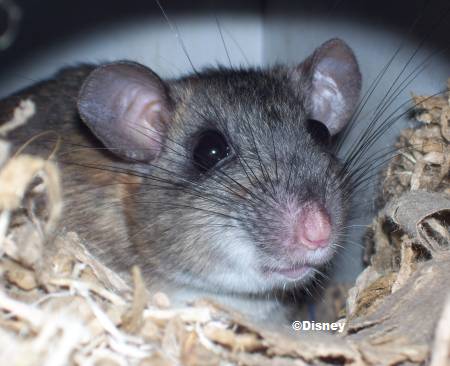
LAKE BUENA VISTA, Fla., Feb. 8, 2010 – Breaking up is hard to do – especially before Valentine’s Day. But for a team of animal care experts from Disney’s Animal Programs, saying goodbye often means a new beginning for the wildlife they’ve taken under their wing.
During the next few weeks, animal managers, veterinarians and behaviorists will wish farewell to dozens of endangered animals that will return to their native Florida habitat after spending weeks, months or even years with members of the Disney team. The animals range from a tiny, 11-ounce endangered rodent to a recently rehabilitated four-pound sea turtle to an eight-foot, 828-pound manatee. Whether flippers or feet, the common thread is that each one has received top-notch care as a reflection of Disney’s commitment to animal conservation and wildlife rehabilitation.
CRACKING THE CODE ON WOODRAT LOVE
Most recently, the animal care team collaborated with the U.S. Fish and Wildlife Service and Lowry Park Zoo on the first-ever reintroduction of 14 Key Largo woodrats to the Crocodile Lake National Wildlife Refuge in South Florida. The woodrats were bred at both Disney’s Animal Kingdom and Lowry Park Zoo in Tampa as part of a recovery plan to augment the existing population found only in Key Largo. Scientists estimate that this native species has dwindled to about 500 after years of habitat loss, drought and the invasion of non-native animal species, such as the Burmese python.
“Although small in size, the Key Largo woodrat plays a larger role in the circle of life,” according to Anne Savage, senior conservation biologist at Disney’s Animal Kingdom. “Through diligent study, we may be able to link these tiny rodents to the distribution of essential sources of food for other animals. That activity could facilitate the growth of fungus, trees and other fauna. That’s an important reason to be concerned about saving them.”
Prior to their release at Crocodile Lake National Wildlife Refuge, the Key Largo woodrats were placed in individual enclosures with nest structures designed and built by refuge volunteers. Supplemental food was provided for nearly a week while conservation biologists observed the animals in their new environment and felt comfortable removing the animals’ protective enclosures. Each animal has been fitted with radio-collared transmitter which will help scientists track their movements once released.
Breeding this elusive species was a challenge since scientists had very little information about social structure, reproductive biology or ecology. Through diligent research, Disney animal experts studied the behavior of this nocturnal animal and found ways to successfully breed 30 of the native species. Since June 2006, 18 litters have been born in Disney’s colony with litter size ranging from one to three pups.
Aside from scientific discovery, researchers develop special attachments to many of the Key Largo woodrats. “It feels similar to sending children off to college,” said Savage. “As scientists, we hope the woodrats have cultivated the skills to survive on their own and they will be successful in their natural habitat. It’s exciting to be part of this conservation effort and see them move on to their next chapter.”
Facts on Key Largo Woodrats
· Key Largo woodrats share little in common with the average city rat.
· The rodents make their homes in the forested areas to avoid human interaction.
· Gestation period is estimated between 37-40 days.
· In the wild, males and females live separately and only come together for breeding.
“SEA” KING HELP FOR SEA TURTLES
As a licensed wildlife rehabilitation center, Disney Animal Programs supports the rescue and rehabilitation of more than 1,000 injured and orphaned wild animals each year. During the past month, hundreds of Disney Cast Members rallied to support the Florida Fish and Wildlife Commission in their efforts to rehabilitate as many as 4,500 sea turtles impacted by cold temperatures around the state. Because turtles are cold-blooded, frigid waters slow their metabolism which may lead to life-threatening comas.
As part of this rescue effort, Walt Disney World Cast Members logged over 10,000 miles throughout the state carrying more than 500 rescued turtles to warmers waters or rehabilitation facilities. They also delivered much-needed equipment and critical medical supplies including towels, bedspreads, syringes, ointments and pharmaceuticals to areas in need.
To assist efforts in South Florida, Disney sent a team of veterinarians and hospital staff on a proverbial “house call” to the Gumbo Limbo Nature Center in Boca Raton. Working alongside several other surgeons, technicians and volunteers, the Disney veterinarians performed delicate surgeries to remove tumors from the eyes and fins of the green sea turtles in a makeshift, M*A*S*H-like field hospital along the beach. While still recovering from their surgeries, the sea turtles will eventually be released back into the warm waters off South Florida’s coast.
At Walt Disney World Resort, engineers and water science experts quickly prepared for an incoming group of animal guests and converted a backstage area into a temporary rehabilitation facility – setting up heated, salt-water pools for 14 critically injured sea turtles that may require months of care. Once rehabilitation is complete, the sea turtles will be released back into the wild in the same area where they were rescued.
“Some of these sea turtles will require intense medical treatment over a prolonged period,” according to Mark Stetter, DVM, Director of Animal Health at Disney’s Animal Programs. “We want to be sure that we provide top-notch medical care wherever we can -whether it’s on a Florida beach, an African savannah or a state-of-the-art veterinary facility. Ultimately, our intent is to contribute to the world’s knowledge base of animals through research conducted in a broad spectrum of disciplines, all intended to improve care for animals in zoological habitats and conservation efforts in the wild.”
Since 1986, Disney animal care teams have nursed more than 250 endangered sea turtles back to health. Many of the turtles have been rescued from cold northern waters, nursed back to health at Disney and released in Florida.
MANATEE GETS EARLY RELEASE
With one team focused on sea turtles, another group of Disney marine mammal experts are getting ready to return a manatee to its natural habitat in Brevard County later in February. With only 5,000 around the state, manatees are considered an endangered species around Florida.
This particular manatee, named “Kringle” was rescued from the Indian River in 2008 as part of a manatee rehabilitation program managed by the U.S. Fish and Wildlife Service. Kringle arrived at The Seas with Nemo & Friends after suffering cold stress and missing his right front pectoral flipper from an earlier, unknown incident. During his 14-month rehabilitation, Kringle received treatment and therapy from marine mammal experts and now weighs more than 800 pounds.
Kringle will be fitted with a satellite tracking belt to follow his movements and allow for behavioral observation after his release. His progress will be monitored by the Manatee Rehabilitation Partnership (MRP) in which Disney’s Animal Programs has been involved since 2001 when the MRP was established. The MRP is a cooperative group of nonprofit, private, state and federal entities that monitors the health and survival of rehabilitated and released manatees.
“After caring for an animal like Kringle for several months, it’s easy to become attached,” said Jane Davis, curator at the Seas. “While it’s often hard to say farewell, there’s also a lot of joy to see an animal return to his natural home.”
Disney guests also play an important role in the rehabilitation of wildlife through their contributions to The Disney Worldwide Conservation Fund, (DWCF). Through its Rapid Response Fund, DWCF recently donated $50,000 to help facilities rescue and care for sea turtles and other animals affected by the cold weather.



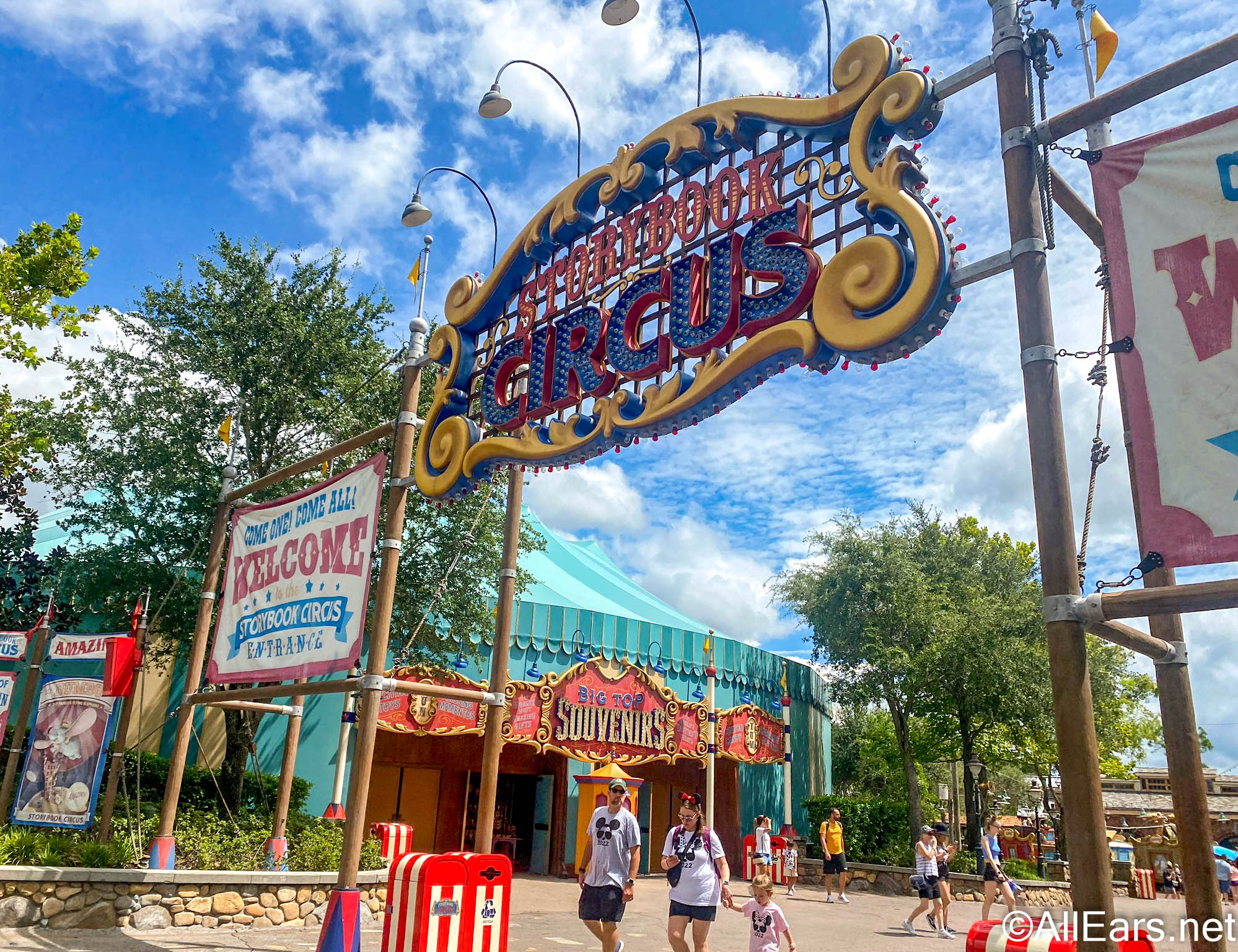


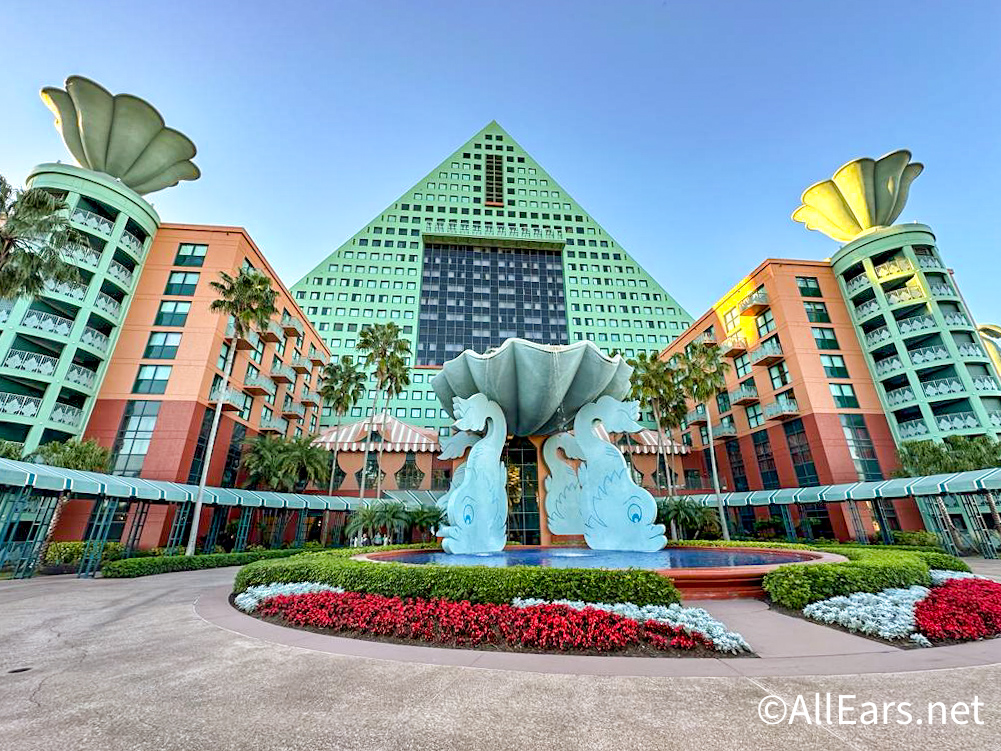
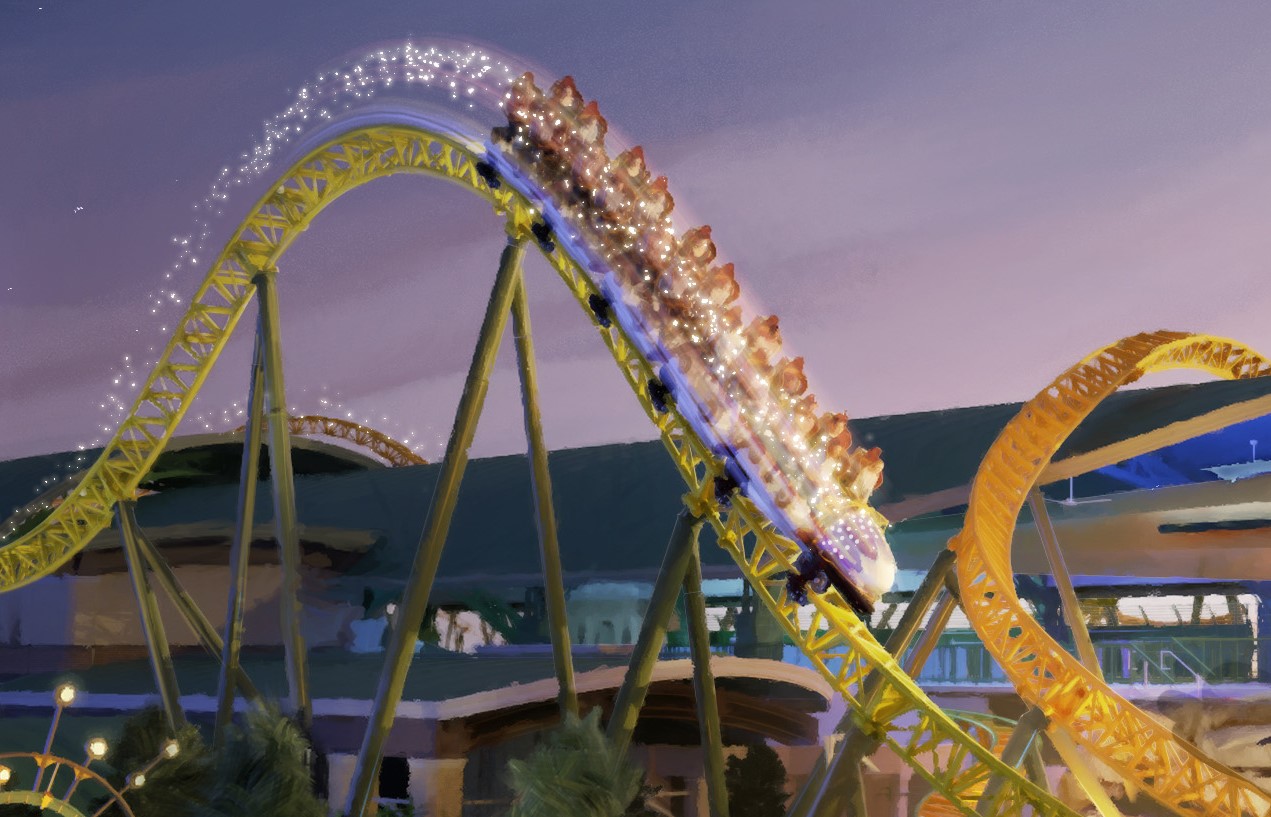
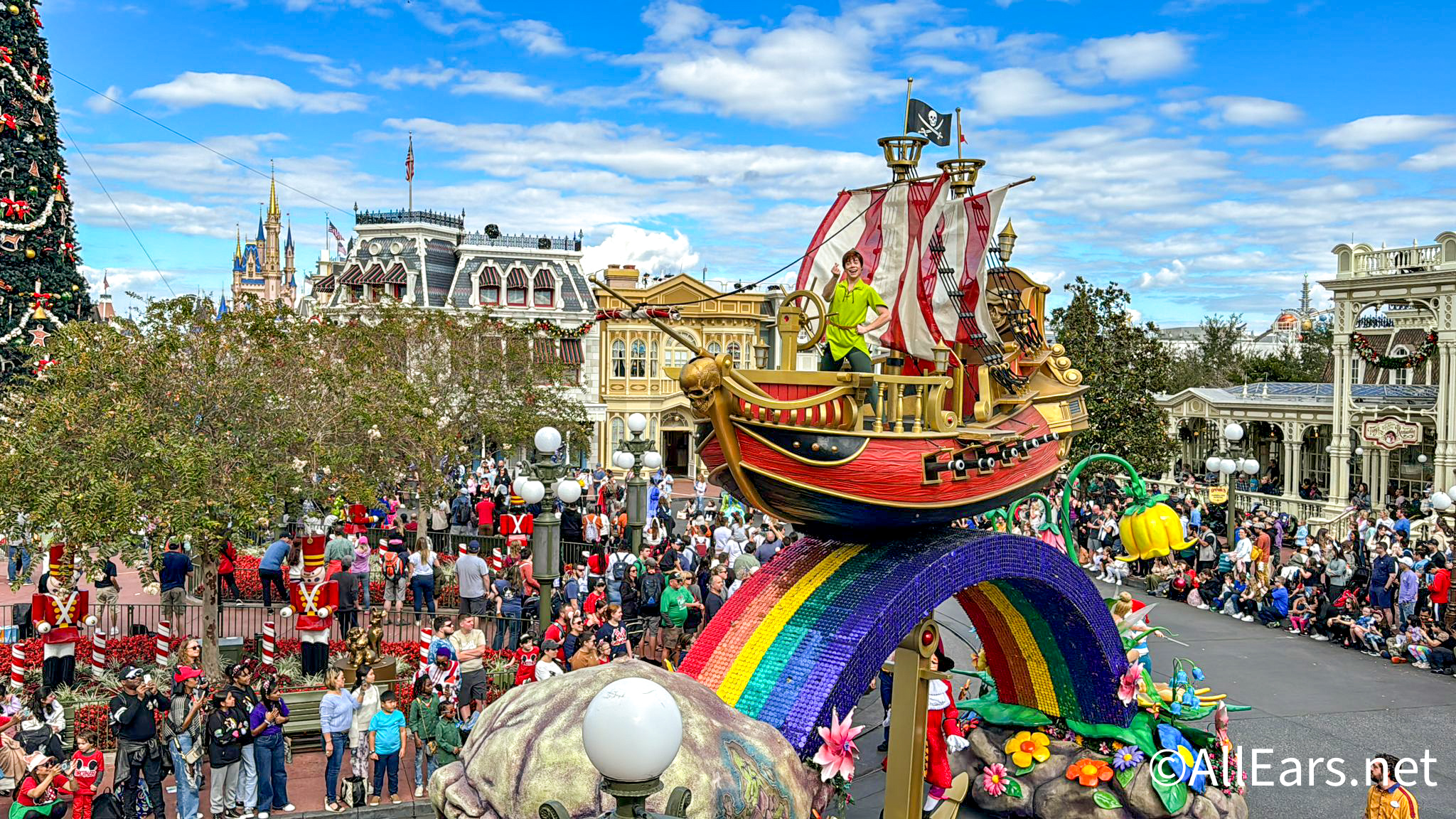
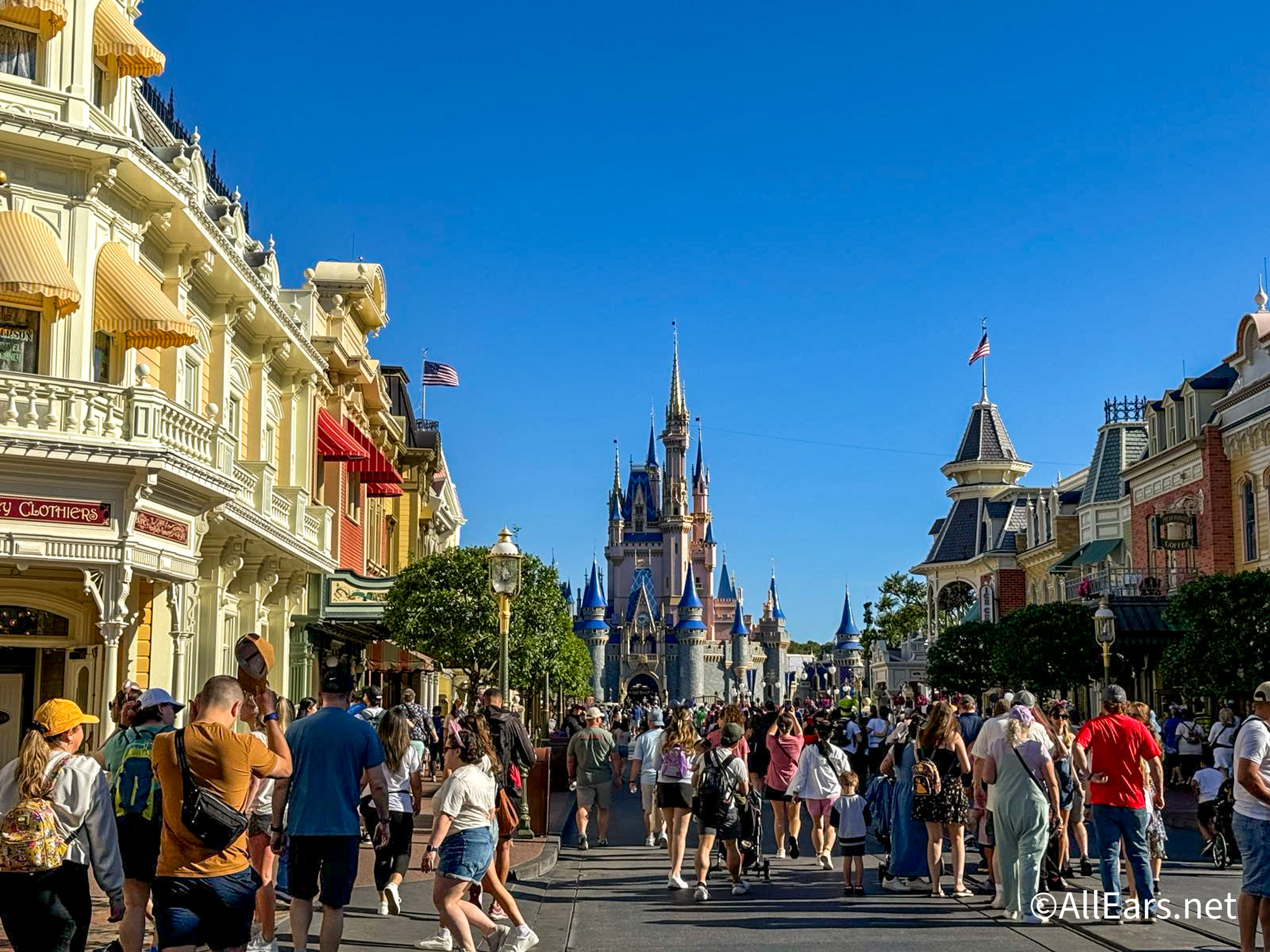
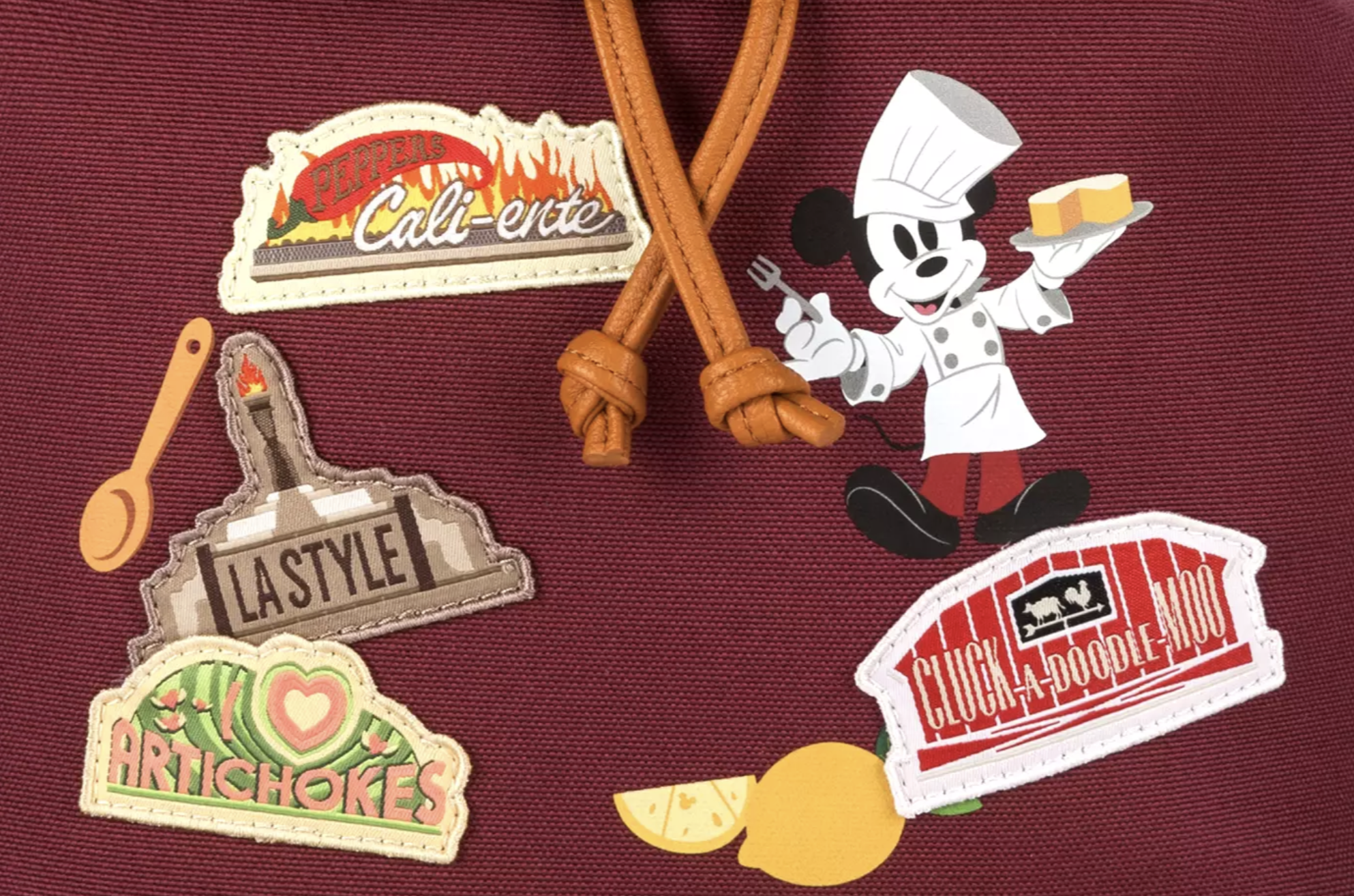

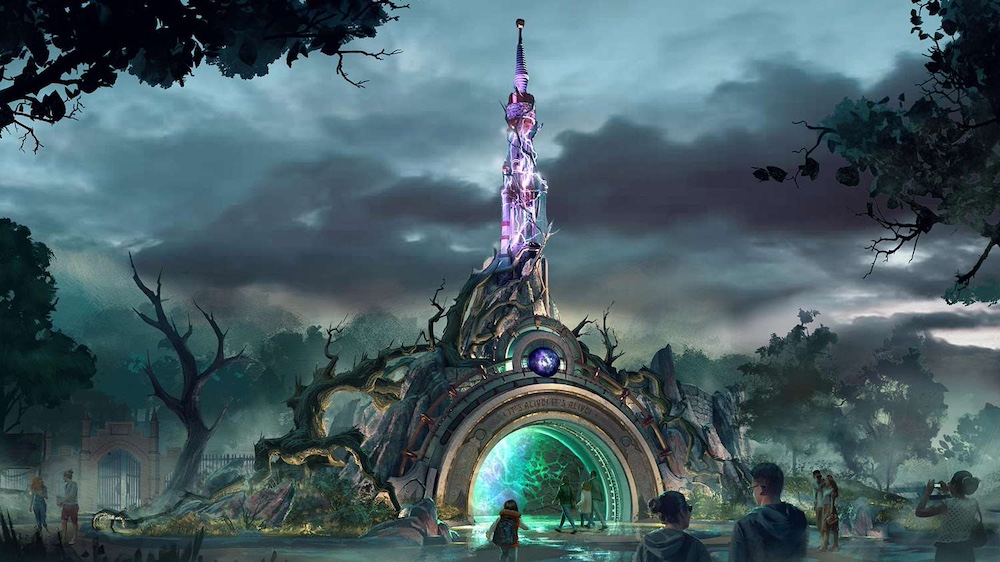

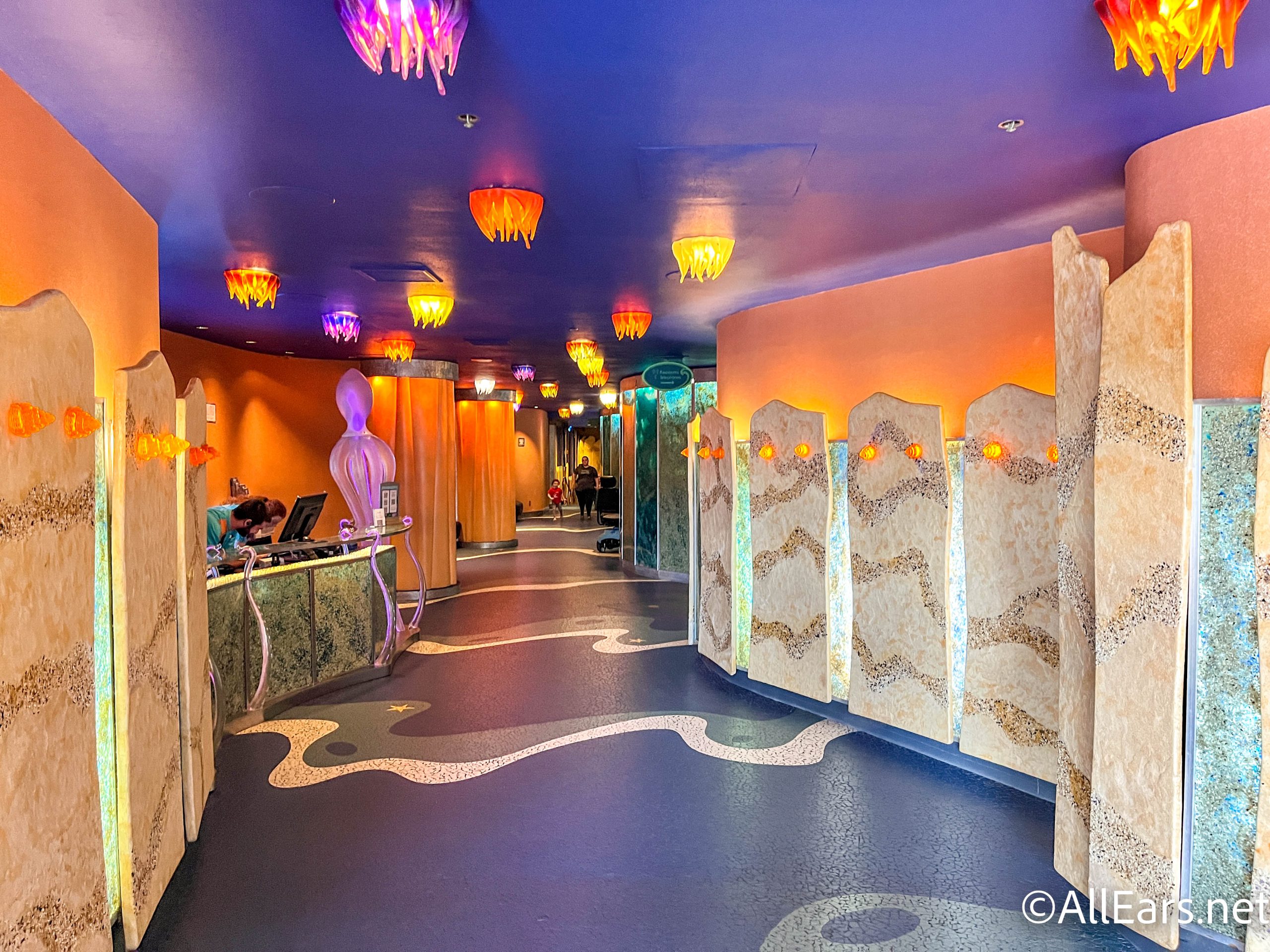
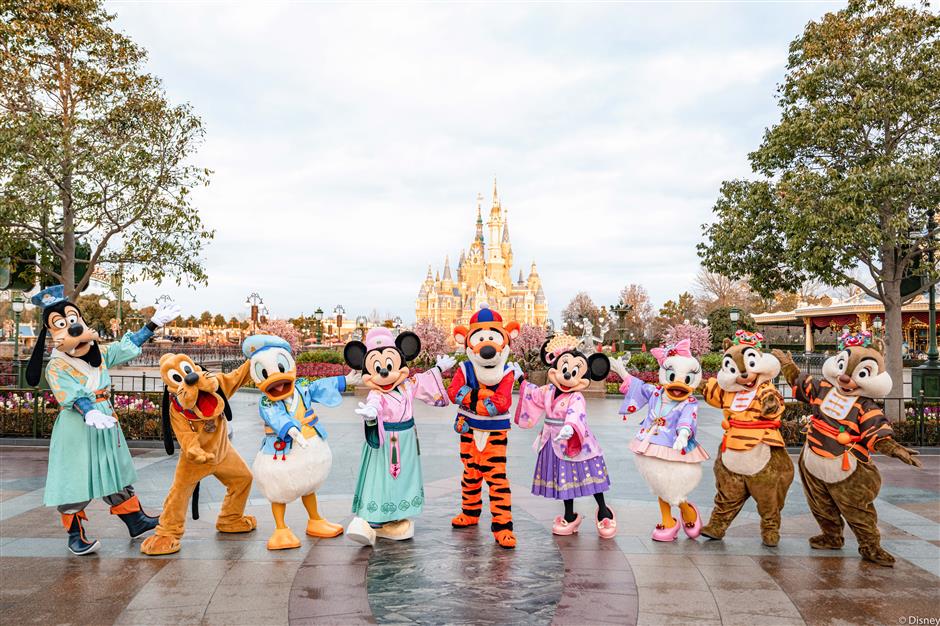
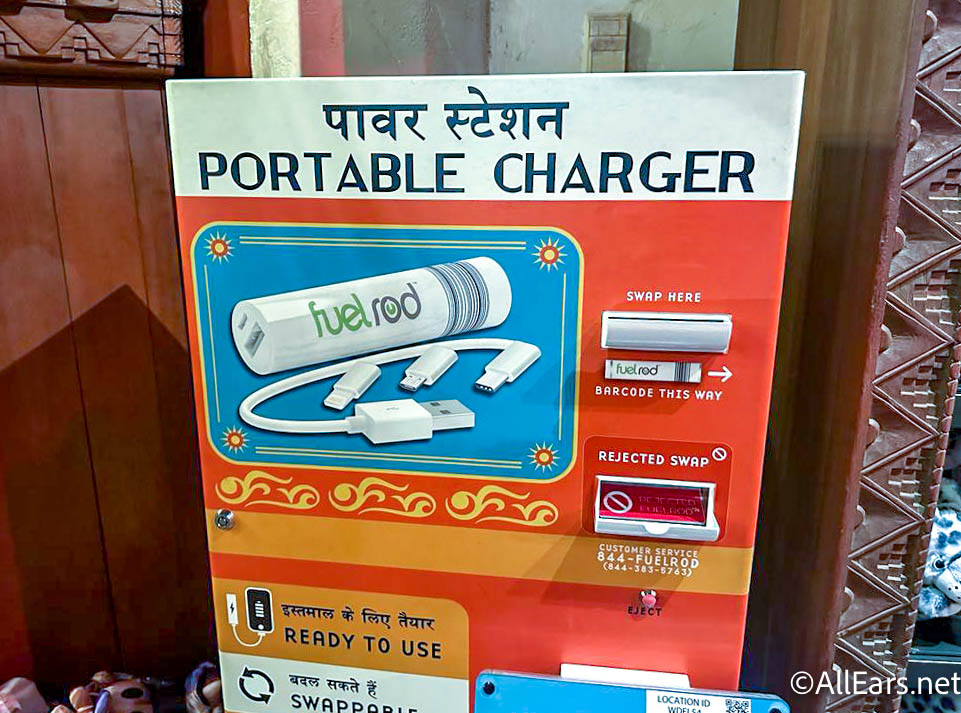


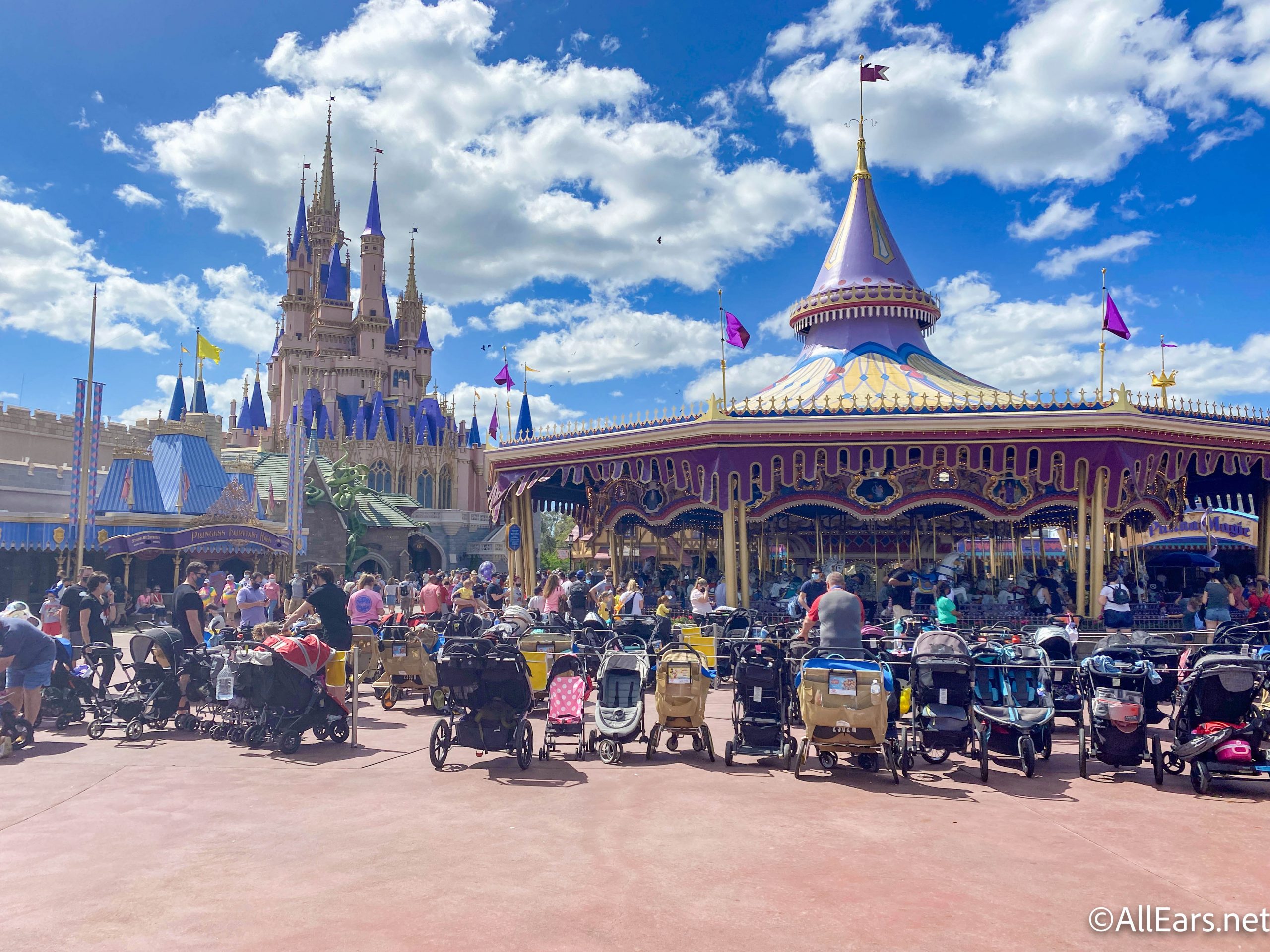
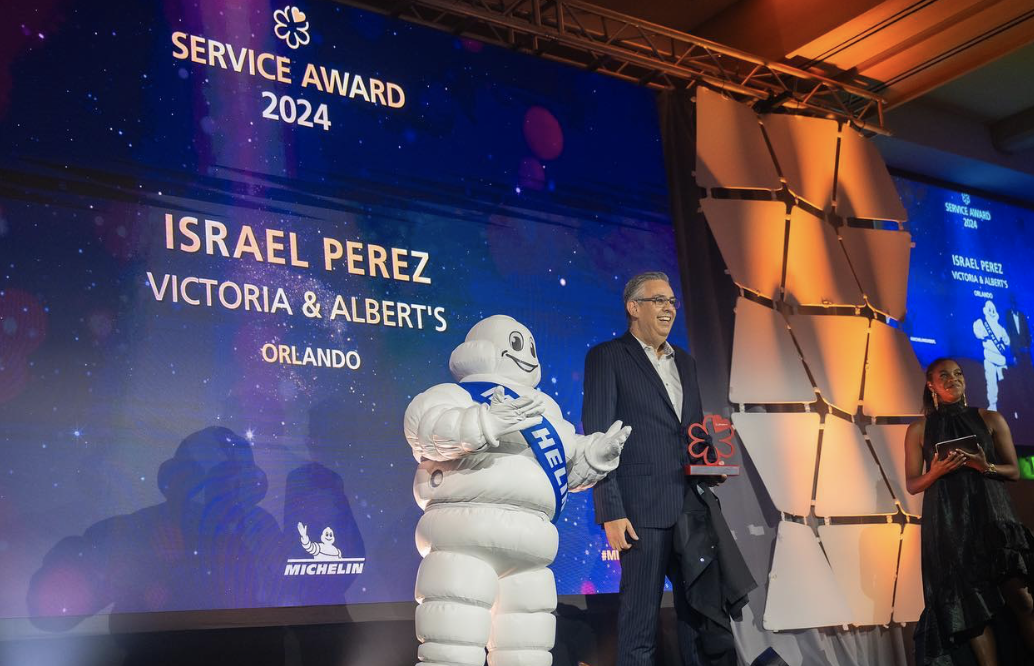

Trending Now
We found your perfect Hollywood Studios tee.
From time to time, rides and attractions are taken out of production temporarily for various...
A new experience is on its way to the Magic Kingdom's Storybook Circus.
We have a big Smellephants on Parade update in Magic Kingdom!
A Hollywood Studios attraction is closing for refurbishment in one week!
Let's talk about some Criminally Underrated EPCOT hotels!
There's a NEW roller coaster coming to Epic Universe in Universal Orlando, and we've got...
We're about to get MORE of a popular Disney World parade!
If you thought we were done with spring break crowds at Disney World... prepare yourself.
This Disney Loungefly is a little late to the party...bur nevertheless you can snag it...
Catch up on the newest Disney menu updates all in one place!
Dark Universe seems like a prime candidate for Halloween Horror Nights, but will it happen?
No one will tell you this about your first day at Disney World, but WE...
These Disney World restaurants needs some TLC.
Disney teased a NEW theme park expansion and we have an update on a ride...
Let's talk about those souvenir photos that scream “This Is My First Trip to Disney...
Is it possible to have the PERFECT MORNING in Hollywood Studios?
Disney is FINALLY hopping on this souvenir trend, and we're so here for it!
We're pretty sure that it's just us and those kiddos who care about today's ride...
Victoria & Albert's at Disney World just received a MICHELIN Star!